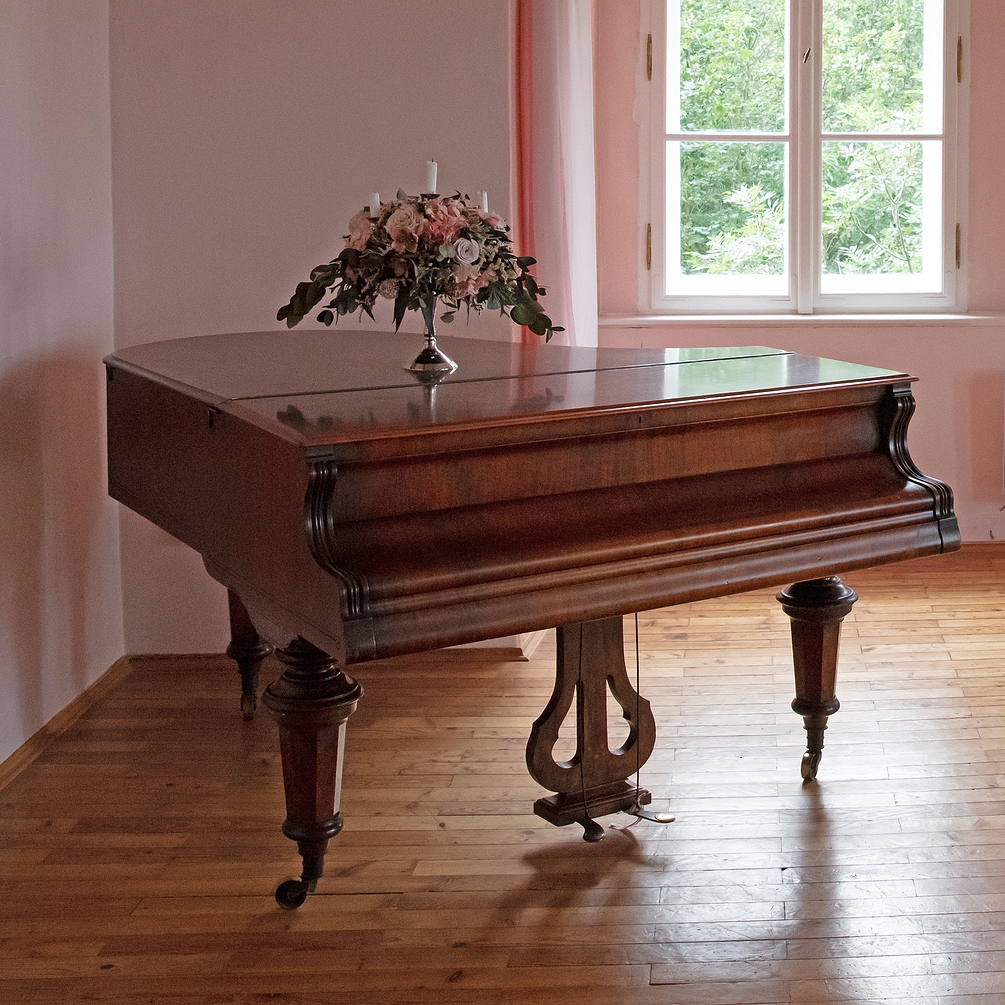The piano is a paradoxical instrument. It's hard to find something so big and heavy, but at the same time so delicate and fragile. In this way, any piano requires careful handling, regulation, storage, and certainly transportation. So how to move a piano without damaging it? Let's start with the fact that according to their height, all pianos are divided into three categories. The first category includes lightweight instruments up to 120 cm. They tend to have a brown color and weigh about 150 kilograms. Pianos with a height of 130-150 cm belong to the second category. They are characterized by larger size and deep sound. Such models are usually made in black color and may weigh 200-400 kilograms. And finally, famous pianists prefer collectible German pianos that belong to the third category. Such instruments are often over half a century old. They are minimum 1.5 meters in height and may weigh about half a ton. Moreover, antique pianos can be additionally adorned with hand-carved decoration, but the main thing that distinguishes them is wonderful sound quality.
However, any piano can be easy damaged for many reasons, for example, because of the heat or cold, dry air or high humidity, improper handling, or unprofessional transportation. Unfortunately, many people believe that to move a piano is roughly the same as to move a heavy wardrobe. It is a huge mistake! It should be transported very carefully in order not to damage the internal structure of the instrument. Vibration, moisture, dust, and dirt should be excluded, not to mention shocks and shakes. Moreover, expensive antique instruments have to be protected even from the smallest scratches, so always think about the piano packaging. The best choice, in this case, is to use a special piano crate.
In general, the process of piano moving includes a lot of different equipment, like removal trolleys and dollies, custom-designed ramps, special wraps, blankets, straps, and many others that depend on the size and weight of the instrument, and certainly on its origin and age. What’s more, pianos should be transported from place to place in specially equipped vans to provide them with additional security. Nevertheless, all piano models, no matter whether it comes to a massive grand piano or a compact, lightweight piano, are very sensitive to heat, frost, and humidity changes. In this way, it is better to move them only in the warmer months. If there is a necessity to do this in winter, make sure that your precious instrument is well packed and try to protect it from sudden changes in temperature. Besides, do not play the piano on the day of the transportation. As for the piano tuning, it makes sense to make it after 7-14 days after the shipping. Anyway, you can call us with any questions relating to piano moving, packing and crating, storage, and so on. Our experienced team knows exactly how to move a piano properly and carefully, without causing it any harm.
